If you’ve ever loved baseball, at any level, you know the guy when you see him. He might be standing out there, sweating a little more than everyone else, not as locked in as you want, overthinking it. He’s the guy you definitely don’t want the ball hit to when your team is pitching.
Throughout major league history, some players have built their entire careers on hitting, despite some, ahem, major defensive deficiencies. Even a few Hall of Famers.
These are the worst glovemen of all time at every position.
Note: We used a combination of metrics such as Defensive Wins Above Replacement (dWAR), Total Zone Runs (an estimate of runs saved or given up in the field), errors and fielding percentage to produce this lineup.
Bottom Line: Pedro Guerrero
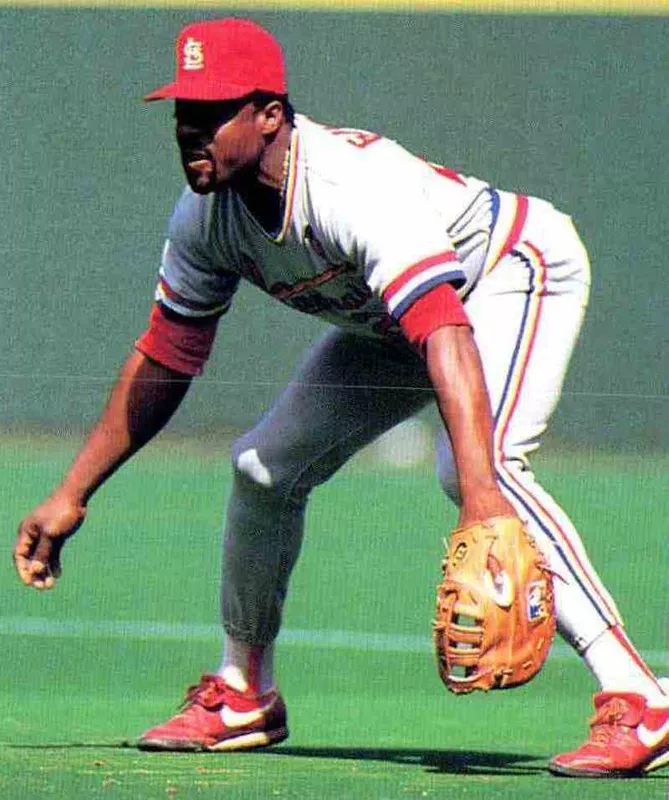
Pedro Guerrero made 63 errors at first base in his career. Kronzio
Pedro Guerrero might be one of the most underrated hitters of all time — a five-time All-Star and World Series Most Valuable Player with a .300 career batting average.
He’s also the source of one of the greatest quotes on fielding in the history of baseball. Los Angeles Dodgers manager Tommy Lasorda tried to get into Guerrero’s head to uncover his fielding struggles and asked what he was thinking playing third base in the ninth inning of a tie game.
“Please, God, don’t hit it to me,” said Guerrero, who also played some outfield in his career in addition to first and third. Lasorda asked what else he was thinking. “Please, God, don’t hit it to (second baseman) Steve Sax.”
Guerrero’s 165 career errors make a lot more sense now.
Bottom Line: Chuck Knoblauch
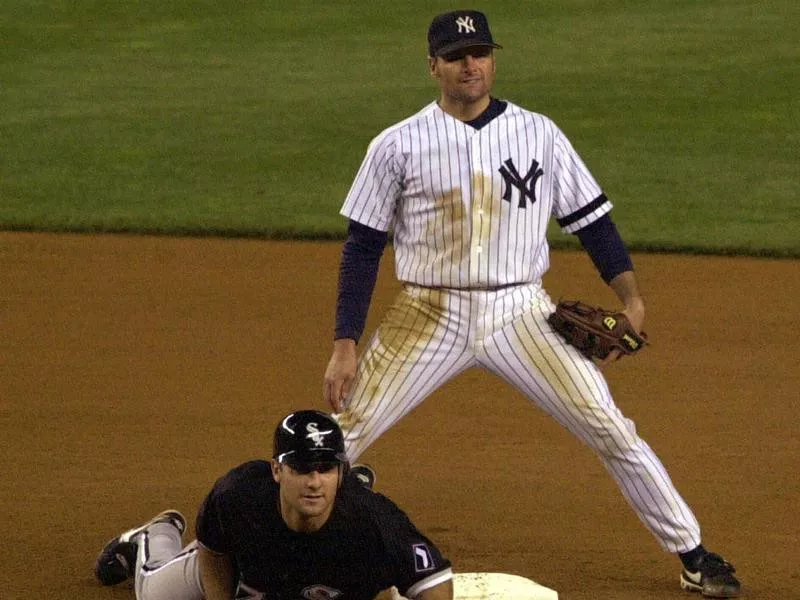
Chuck Knoblauch, right, committed a career-high 26 errors in 1999. Lou Requena / AP Photo
Chuck Knoblauch had a pretty amazing career on paper. He won four World Series titles, was a four-time All-Star, American League Rookie of the Year and even won a Gold Glove award in 1997.
Knoblauch makes the list for throwing problems that dogged his career starting in 1998, where he inexplicably came down with one of the more famous cases of the “yips” or “Steve Sax Syndrome” in baseball history.
Simply put, Knoblauch could no longer throw successfully to first base. His errors doubled to 26 in 1999, and in 2000, his continued struggles ultimately forced his move to left field.
Bottom Line: Jose Offerman
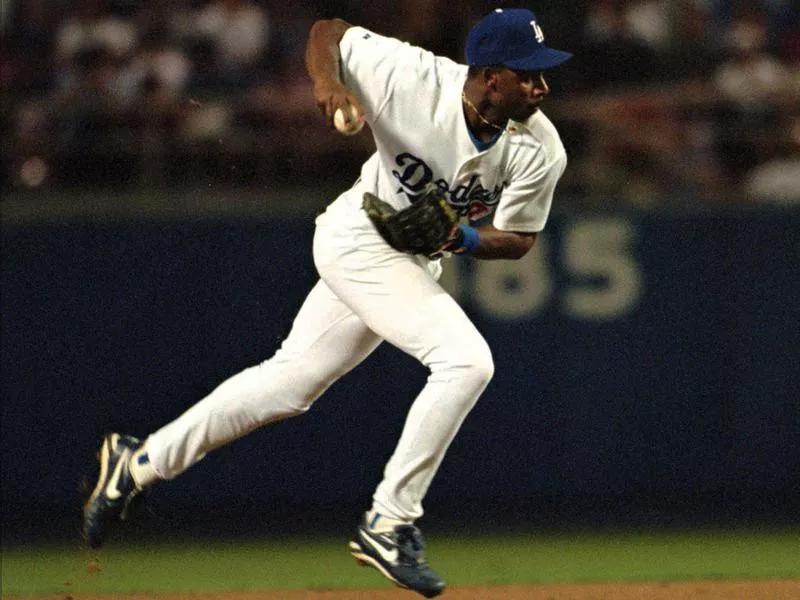
Los Angeles Dodgers shortstop Jose Offerman. Kevork Djansezian / AP Photo
Jose Offerman secured his place on this list with an atrocious run through the early 1990s, when he led the National League in errors three times in four years from 1992 to 1995.
Offerman’s defense was so bad the Dodgers traded him to the Royals after his first All-Star season, in 1995. Eventually, he was moved to second base, and the results weren’t much better.
Now, he’s known for two off-field incidents, including one where he rushed a pitcher with a bat in independent league baseball and was ordered to pay an almost $1 million settlement.
Bottom Line: Rob Picciolo
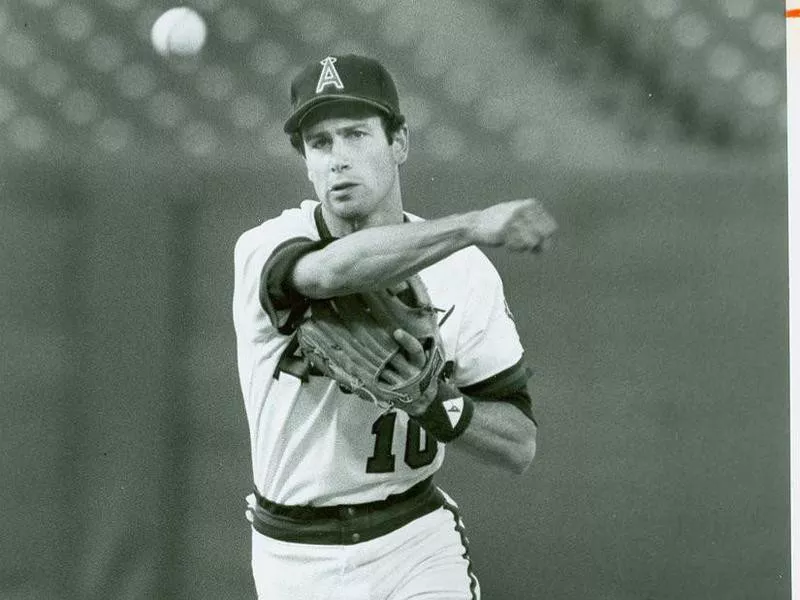
Rob Picciolo struggled as a full-time shortstop early in his career. angels / Twitter
Rob Picciolo wasn’t a terrible fielding shortstop overall. He was just really bad whenever he got a chance to be an everyday player.
The A’s tried to make Picciolo the man at shortstop for his first two seasons, and he coughed up balls at an alarming rate, with 21 errors in 1977, his first season, and 17 errors in 1979, his second season, as a full-time shortstop.
Picciolo, who was the Angels’ bench coach for four seasons, died in 2018 at 64 years old.
Bottom Line: Terrence Long
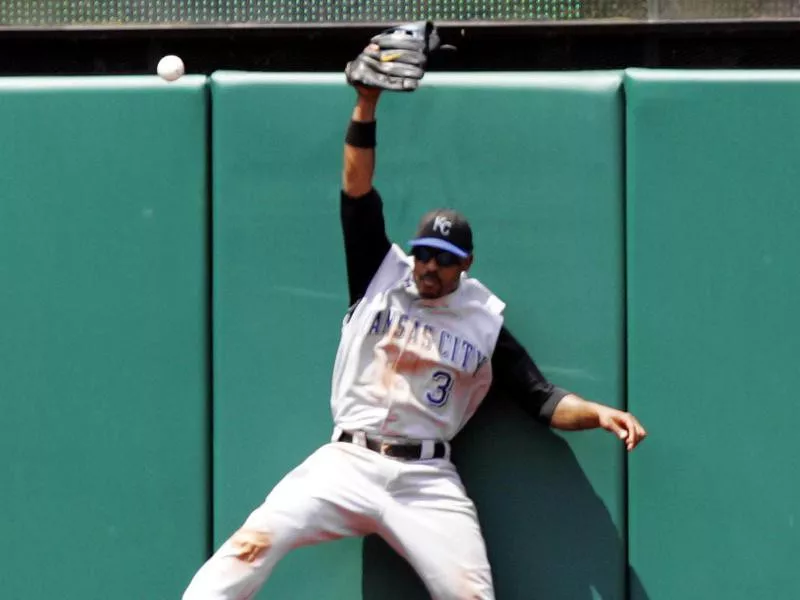
Terrence Long played eight seasons for five teams. Mark Duncan / AP Photo
One of the more fascinating parts of Michael Lewis’ seminal book on baseball, “MoneyBall”, is the breakdown of what Terrence Long cost the Oakland Athletics by putting him in center field instead of Johnny Damon and if it was worth the risk of having him out there.
The A’s managed to figure Long into the equation by moving him to left field, and it ended up being more about the naked eye than sabermetrics. Damon was able to read fly balls easily off the bat while Long, for the entirety of his career, would freeze or move in the wrong direction.
It’s one reason why Long had a .978 career fielding percentage playing center field with 21 errors.
Bottom Line: Jose Canseco
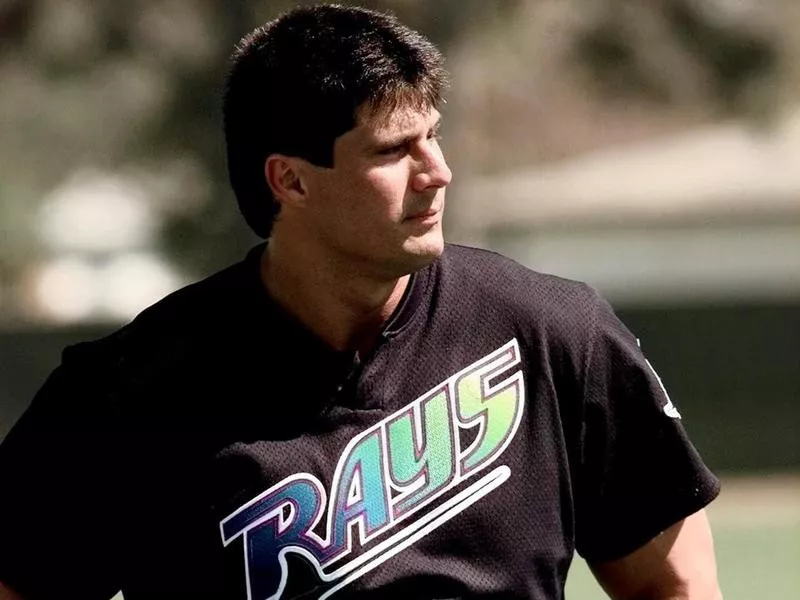
Tampa Bay Rays designated hitter/outfielder Jose Canseco. Eric Gay / AP Photo
One of the more infamous players in baseball history, Jose Canseco had fielding woes that went way beyond when he misplayed a foul ball in 1993 that bounced off his head for a home run.
Just like Jason Giambi, the question needs to be asked if Canseco’s admitted, consistent steroid use throughout his career contributed to his fielding woes, with the added bulk hurting his range.
Unlike a lot of bad defensive players, Canseco didn’t force the issue and wasn’t used as an everyday outfielder after 1991, spending the last decade of his career as a designated hitter.
Honorable Mention Right Field: Matt Stairs
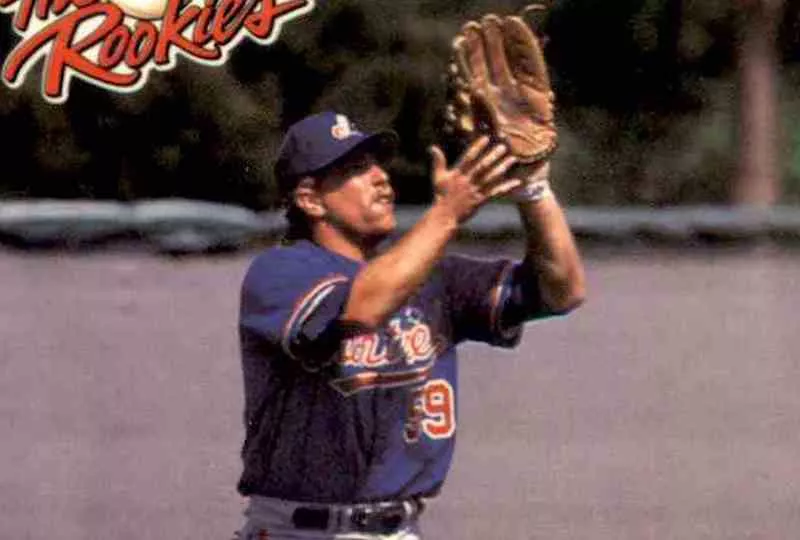
Matt Stairs made his major league debut in 1992 with the Montreal Expos. Kronzio
Career: 1992-93, 1995-2011 (19 seasons)
Teams: Montreal Expos/Washington Nationals (1992–93, 2011), Boston Red Sox (1995), Oakland Athletics (1996–2000), Chicago Cubs (2001), Milwaukee Brewers (2002), Pittsburgh Pirates (2003), Kansas City Royals (2004–06), Texas Rangers (2006), Detroit Tigers (2006), Toronto Blue Jays (2007–08), Philadelphia Phillies (2008–09), San Diego Padres (2010)
Gold Glove Awards: None